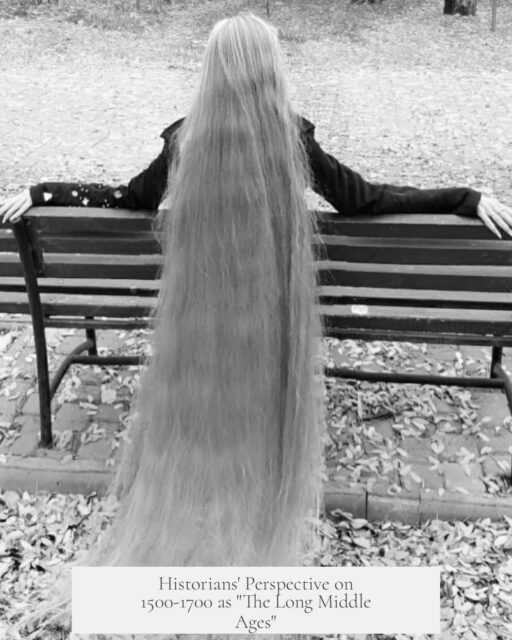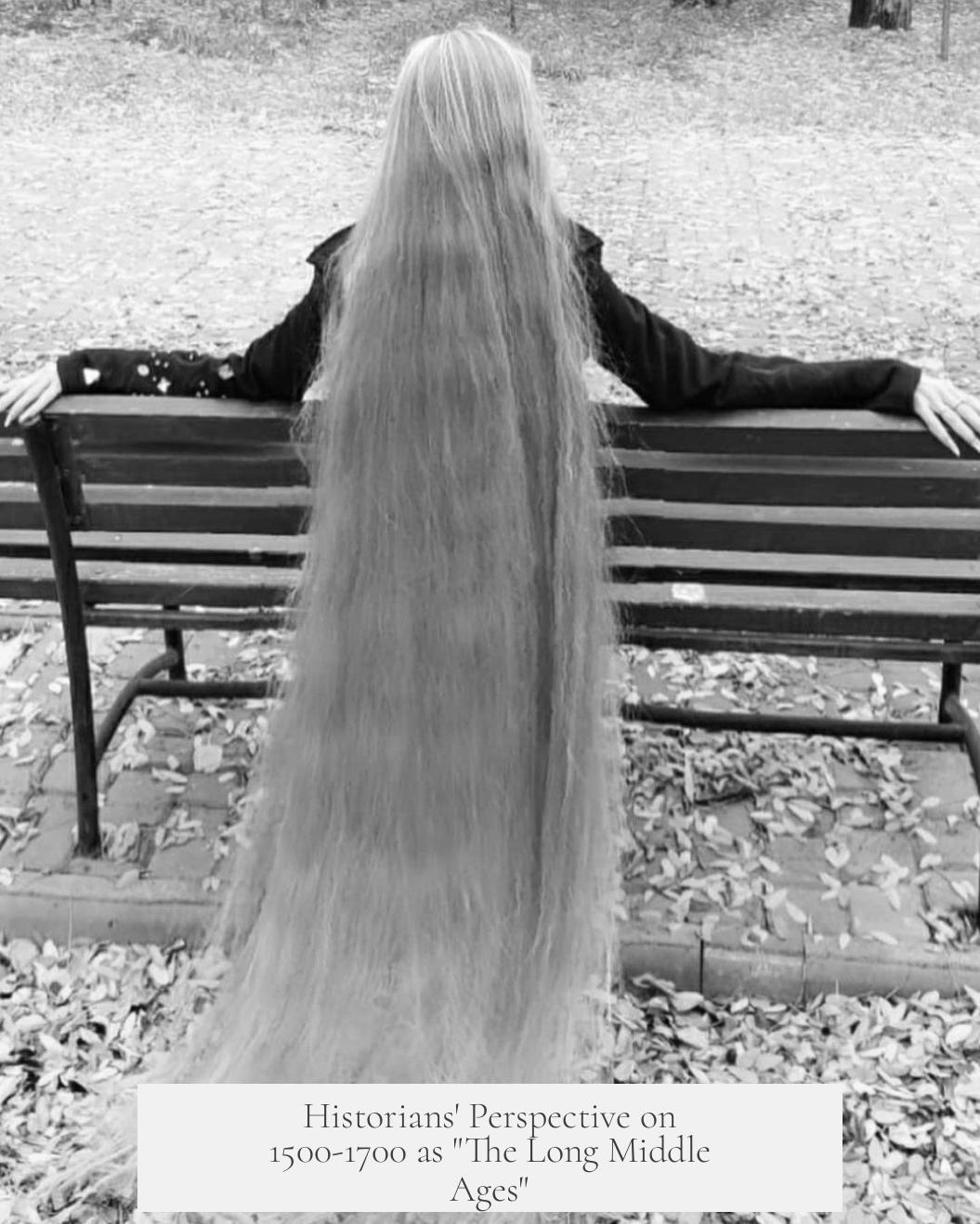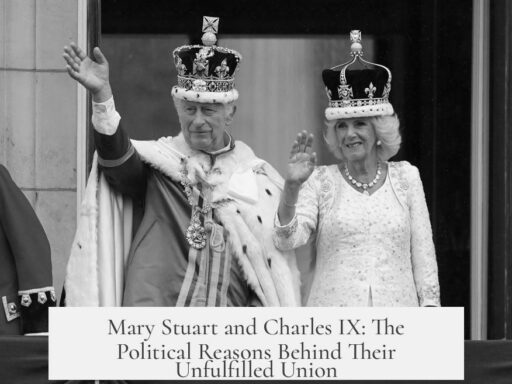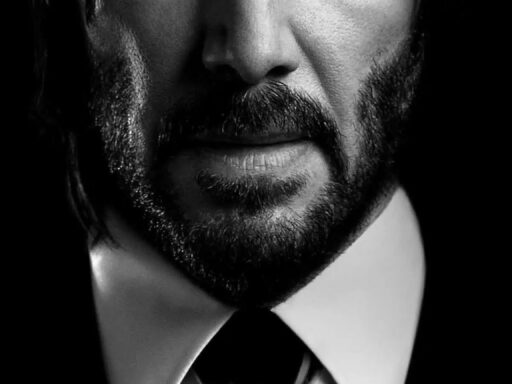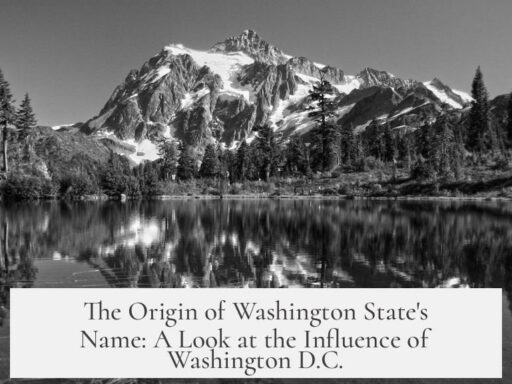Some historians refer to the period from 1500 to 1700 as “The Long Middle Ages” because they seek to extend the traditional medieval era beyond the conventional endpoint of 1500, arguing for continuity between the medieval and early modern periods. This approach challenges the sharply defined break often placed at the Renaissance and reshapes how historians understand social, cultural, and intellectual transitions during this time.
The phrase “long Middle Ages” does not strictly denote 1500-1700 alone but embraces a historiographical scheme that extends the medieval period into the 18th century. This reperiodization aims to rehabilitate the medieval era, moving away from the outdated idea of the “Dark Ages” to recognize its vibrancy. It acknowledges that many aspects traditionally associated with the medieval period, such as the central role of religion and a non-empirical worldview, persisted well into the 16th and 17th centuries.
Historians advocating this long medieval period emphasize continuity rather than rupture. They contest the old portrayal of the Renaissance as an extraordinary break characterized by a sudden wave of technological and intellectual progress. Instead, they note that the medieval world was not as primitive as once thought and that the early modern era evolved more gradually. This viewpoint spotlights a prolonged period of social, religious, and cultural stability rather than abrupt transformation.
The concept remains controversial. Early modernists generally resist the notion that their focus period should be absorbed into medieval studies, partly due to disciplinary boundaries and professional interests. Many emphasize early modern innovations and connections to modern institutions, as reflected in works like Julius Ruff’s Violence in Early Modern Europe, 1400-1800 or Jacob Soll’s The Information Master, which link early modern figures to contemporary ideas and institutions.
Periodization ultimately remains subjective and contingent. The transition from medieval to early modern eras varies by region and theme. Some scholars view history as a series of gradual evolutions rather than sharp revolutions, supporting the argument for an extended medieval epoch. Flexibility in these frameworks allows for a richer understanding of historical continuity and change.
- The “Long Middle Ages” extends medieval historiography into the 18th century, focusing on continuity.
- Rehabilitation counters the outdated “Dark Ages” narrative.
- Challenges the Renaissance as a sharp break in favor of gradual evolution.
- Significant debate exists between medievalists and early modernists over the period boundaries.
- Periodization remains subjective and varies by historical focus and interpretation.
Why Do Some Historians Refer to 1500-1700 as “The Long Middle Ages”?
Some historians refer to 1500-1700 as “The Long Middle Ages” because they argue that the traditional sharp break between the medieval period and the early modern era is misleading. Instead, they emphasize strong continuities in culture, religion, and worldview that persist well into the 18th century.
Let’s unpack this fascinating debate without turning it into a dry history lecture.
First off, the phrase “Long Middle Ages” is a bit tricky. Contrary to what some think, it doesn’t mean those two centuries are literally called “the long Middle Ages” in textbooks. Instead, the term refers to a broader scheme where the medieval period extends beyond the usual end date of around 1500, going as far as into the 1700s. This challenges the classic timeline that marks 1500 as the dawn of the early modern period—a time of Renaissance brilliance, scientific leaps, and new ways of thinking.
So why do some historians want to stretch the Middle Ages like a piece of medieval taffy? For starters, twentieth-century scholars began rehabilitating the medieval era. Once dismissed as the “Dark Ages” of ignorance and superstition, the Middle Ages is now seen as vibrant and complex. The idea of a sudden Renaissance “light bulb moment” making everything before it look dull is too simplistic. The transition, it turns out, was more like a gradual dimmer switch than a flick.
Historians like Jacques Le Goff from the Annales School champion this extended view. They focus on long-term continuities. What’s central here? Religion remained deeply entwined with everyday life well past 1500, and many medieval ways of understanding the world persisted. The so-called Renaissance was hardly the clean break once imagined. It wasn’t some overnight download of new knowledge, but more an evolution of existing ideas layered with new ones.
This approach challenges earlier historians who put the Renaissance on a pedestal as a golden age wiping away medieval gloom. Instead, the “long Middle Ages” perspective argues that many aspects deemed “medieval”—like a non-empirical worldview or the centrality of faith—carried on well into the supposed modern era.
But not everyone loves this flexible periodization. Early modernists argue fiercely against the idea of folding their beloved 1500-1700 into medieval history. This turf war isn’t just academic ego; it’s about how disciplines organize themselves and their sources. Historians specializing in early modern Europe want their era recognized for its innovations, including the rise of state power and science.
Some, like Julius Ruff in Violence in Early Modern Europe, 1400-1800, showcase the period’s uniqueness by highlighting changing social dynamics. Others, like Jacob Soll with The Information Master, link early modern informatics to modern tech giants like Google, emphasizing progress over persistence of medieval models.
Take, for example, how Louis XIV’s finance minister Jean-Baptiste Colbert collected information—early big data management! Early modernists see this as a break from medieval governance styles.
Theoretical frameworks also get thrown into the mix. Michel Foucault and Norbert Elias offer ideas about modernity arriving earlier than some “long Middle Ages” advocates admit, though with caveats. So, there’s a rich tussle about when exactly “modernity” starts.
Of course, deciding where one historical period ends and another begins is subjective. There’s no global grand jury handing down a verdict. It depends on the historian’s focus and interpretation. Some prefer tidy periods; others embrace messy overlaps.
Looking closely at 1500-1700, we’re seeing a timeline stuffed with medieval features hanging around like that relative who just won’t leave the party. Religion, social customs, and governance show strong medieval echoes, even as new ideas emerge. This supports the argument for evolution—slow transformation—rather than revolutionary breaks.
Does this mean the Renaissance and the early modern era didn’t matter? Not at all! They brought significant change. But considering them a *cut-and-dried* break risks oversimplifying history and obscuring how societies actually change over time.
Thinking of this in practical terms: if you’re a student writing about European history around 1600, acknowledging the “long Middle Ages” helps you appreciate the complexity beneath those neat textbook labels. It sharpens your understanding that history isn’t about snapping fingers and flipping switches but a slow dance of continuity and change.
In short, the idea of the “Long Middle Ages” invites us to rethink how we slice up history. Instead of rigid boundaries, it encourages us to look for connections. It’s a call to see history as a river with gradual shifts, not a series of disconnected ponds.
So next time you hear about the “Long Middle Ages,” remember it’s less about stretching a calendar and more about stretching our perspective on the past.
What do historians mean by the term “Long Middle Ages”?
The “Long Middle Ages” extends the medieval period into the 18th century. It challenges the usual cutoff around 1500, merging some early modern elements into the medieval timeline.
Why do some historians want to extend the medieval period beyond 1500?
They aim to highlight continuities like religion’s role and non-empirical worldviews. This challenges the idea that the Renaissance was a sharp break from the medieval past.
How does the idea of the Long Middle Ages affect views on the Renaissance?
It questions the sharp division between medieval and Renaissance periods. The Renaissance is seen less as a total break and more as an evolution from medieval traditions.
Why is the Long Middle Ages concept controversial among historians?
Some early modernists resist because it blurs clear period boundaries. It may make their fields appear as a continuation of the Middle Ages rather than distinct eras.
Do all historians agree on the dates for historical periods like the Long Middle Ages?
No, periodization is subjective. It depends on personal or disciplinary preferences and what aspects of history are emphasized, such as continuity versus change.
What examples do early modernists use to argue against the Long Middle Ages view?
They reference works like Julius Ruff’s study of early modern violence and Jacob Soll’s analysis of administrative innovations to show early modern distinctiveness.
